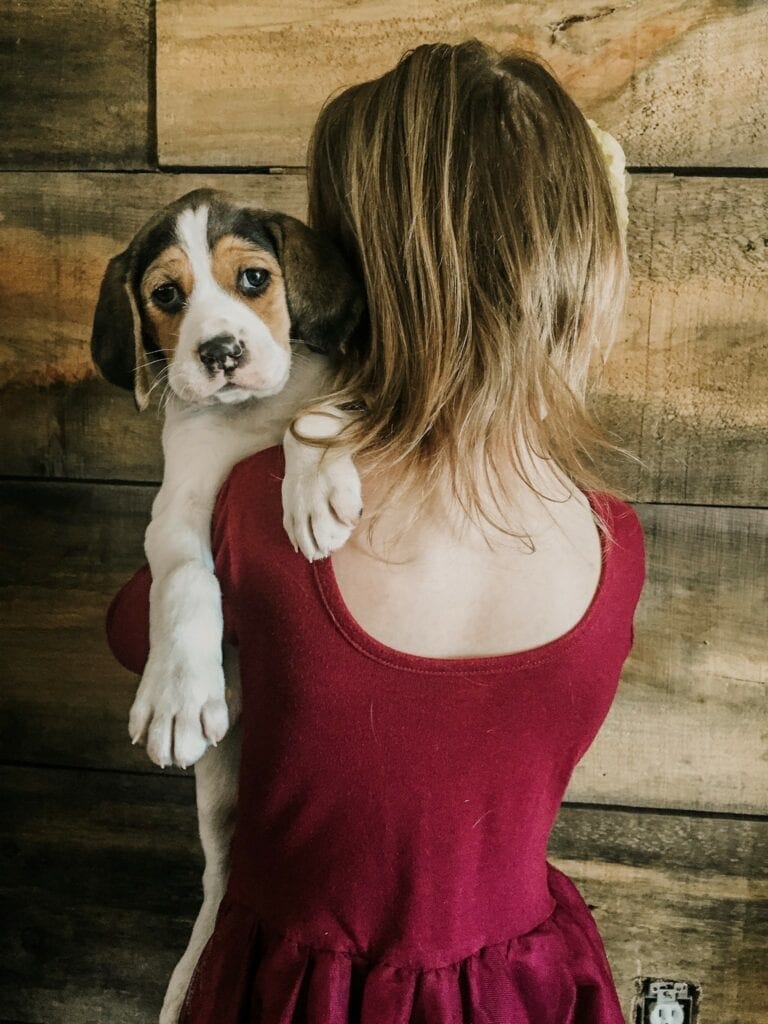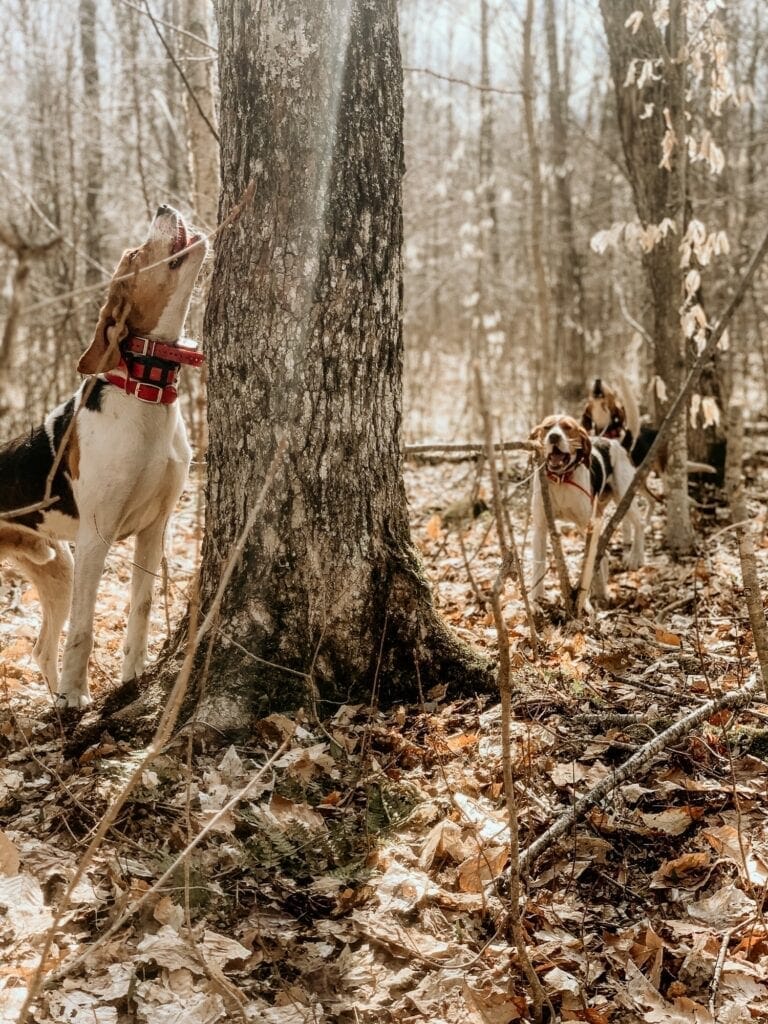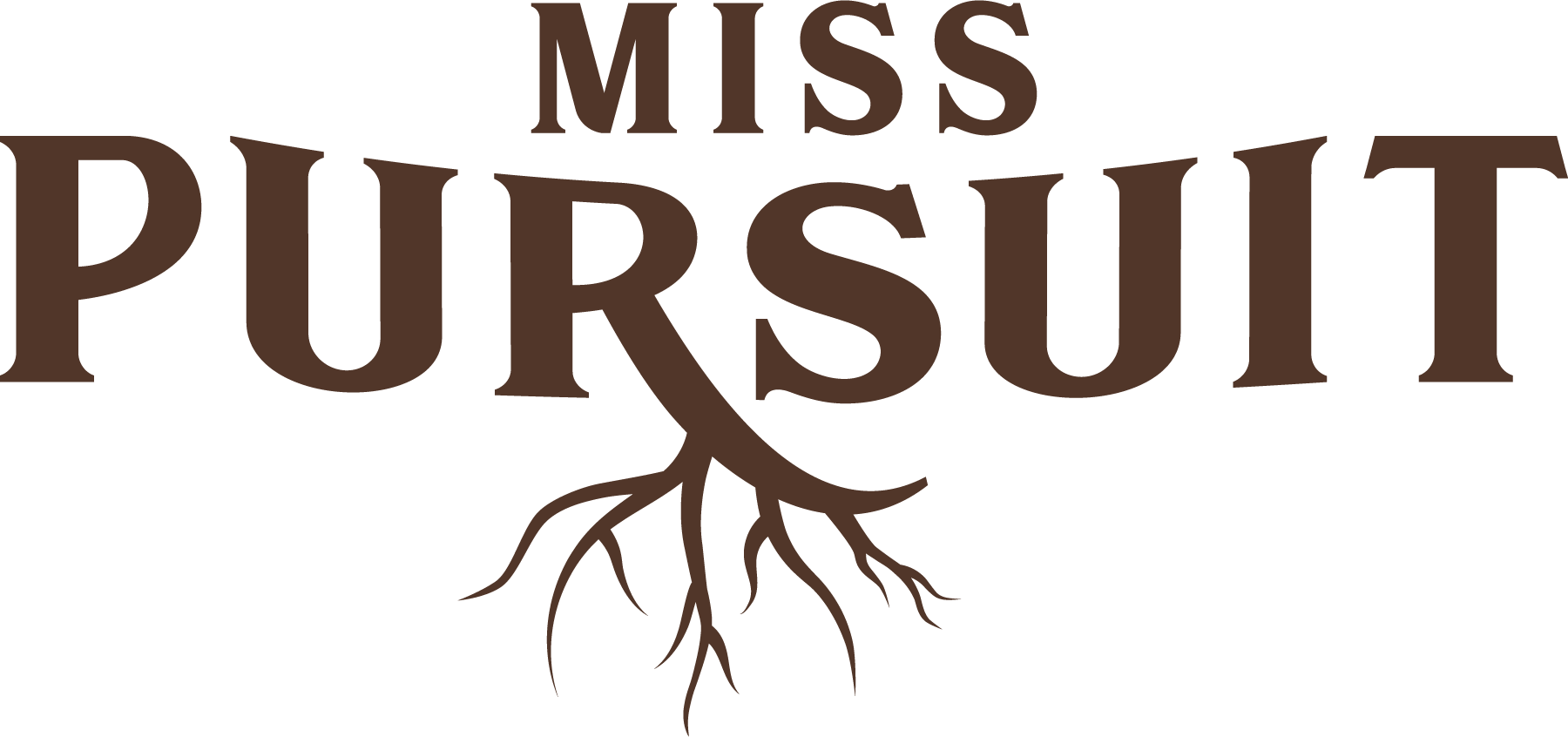You pick out your new hound puppy and start to imagine your future hunts, racing through the woods in pursuit of a black bear. What you may not realize, is that there is a long way to go before that doe-eyed puppy becomes the bear dog that you strive for. So, where to even start?
Everyone has their own methods and reasons for the way they train, and as always, I can only speak from our own experiences.
Training your dog to hunt:
Building Drive
From an early age, we start by getting them to chase a piece of animal hide, building their prey drive. At 8 weeks old, this is as simple as sitting on the ground with your pup and having him/ her chase a toy, hide, or anything that interests them. After they chase it for a short length of time, let them have it to reward them for their efforts. Letting them succeed is crucial to the teaching process. Imagine if you put all your effort into something and then didn’t reach your goal time and time again. It would be discouraging, wouldn’t it? On the contrary, if you put all your effort into and succeed at your goal, you would become more confident and eager to get to the goal right? The same thing applies here.

As they get older, your pup will require some more effort on your part. Two options would be to either run around or the less exhausting route; make a “flirt pole”. A “flirt pole” is essentially a long horsewhip with a piece of hide tied to the end. This allows you to flick it back and forth quickly, over a greater area, keeping the intensity high. Kids are an invaluable resource for this step, as it wears both them and the puppies out. It’s a win-win in my books! As they get older, increase the intensity and duration of the exercise, making them work harder and harder for it. Again, it is imperative that you always end the exercise on a good note by letting them succeed in their goal of catching their “prey”.
Sight Chase
They will quickly reach a point where they will outrun both you and the kids. At this stage in the training, we have them sight chase behind the ATV. This exercise builds their endurance and specifically their prey drive even further. Once they build the drive and the “want to catch”, they will be determined to find the hide, even when it’s out of sight. This will lead you to the next step.
{How to Train a Young Bird Dog}
Using Their Nose
Once they have reached the point of understanding the goal, you can encourage them to use their skills as hounds. Have someone hold the dogs back and drag the hide for a distance. Let them see it leave but then drag it further out of sight. The drive that you have built up to this point will feed their desire and determination to locate it, utilizing their tracking abilities. The pups will know the scent from previous training exercises so they will know that it went somewhere, they just can’t see it. They will then put their nose to use. Send them on the scent, correcting them if they get off track. Remember, they may lack confidence in themselves at this point, and like any new skill, it will take practice. Same as before, once they are successful, praise them and reward them once they locate the hide. Eventually, you will be able to drag the hide without them seeing it all and your hours of training will come into play. Your hunting dogs will know what is expected and will have his nose to the ground, ready to piece together the puzzle.
Tree Work
The more you practice the scenarios described in the previous article, the better they will understand what is expected of them. The more times they succeed, the more their confidence will grow. Gradually you can increase the distance and complexity of the drag. The final step will be to finish the drag by pulling it up a tree and work on “locating” and “treeing”. This will simulate a real scenario of a bear treeing after a long chase. Ensure that when you do this, you bang the hide on the base of the tree to displace scent, as well as suspend it so that you can pull it up and down. For some dogs, especially young ones, this may cause confusion, and they will have to be shown to search “up”. By doing this ahead of time, it helps them to expect the game to climb a tree. Ensure that whatever the scenario, you allow the dogs to have the hide as a reward while in the training stage and praise them accordingly.
Observing At the Tree
This is also a great time to encourage the pups to tree properly. We are fairly lenient with how the dog trees, as we don’t compete in trial competitions. We do, however, have two very important requirements. The first is simply that the dog must stay at the tree until called off. Their job is to keep the animal in the tree or bayed up, for as long as it takes for us to get in there. We live and hunt in a remote area with big woods, therefore it may take us a couple of hours to get to the dogs. The second is that the dog must not show any aggression towards the other pack members. This trait is infectious amongst a pack and will absolutely not be tolerated. If a fight were to occur before we could reach the pack, it could be detrimental.
When you have training scenarios set out ahead of time, it allows you to evaluate how the pups are doing. It gives you the opportunity to rectify any issues or bad habits that occur in a safe and controlled environment. A practice scenario allows you to encourage and praise them for doing a great job and to show them what is expected ahead of time. It’s incredible how fast they will catch on and what some will do instinctively.
{On the Hunt: Using Tracking Dogs}
Spectating in a mock scenario also gives you the opportunity to learn your dogs' habits, the sound of their bark, and so much more. You can learn their strengths and weaknesses, which skills need work, as well as where they excel. Maybe they are exceptional at tracking but didn’t stay very long at the tree, or perhaps the opposite. These are all things you can acknowledge and work on.
The better you understand your hound, the better you can communicate with each other, which in turn, means a better hunt for all. After several years of hunting with our lead dog, we are able to read his body language almost flawlessly. This can only be achieved by constantly observing and memorizing their traits.

No matter your approach, consistency is key with training a puppy. This applies to training a hound as much as it does a house dog. In the next article, we will cover where to go from here, with your hound in training.
